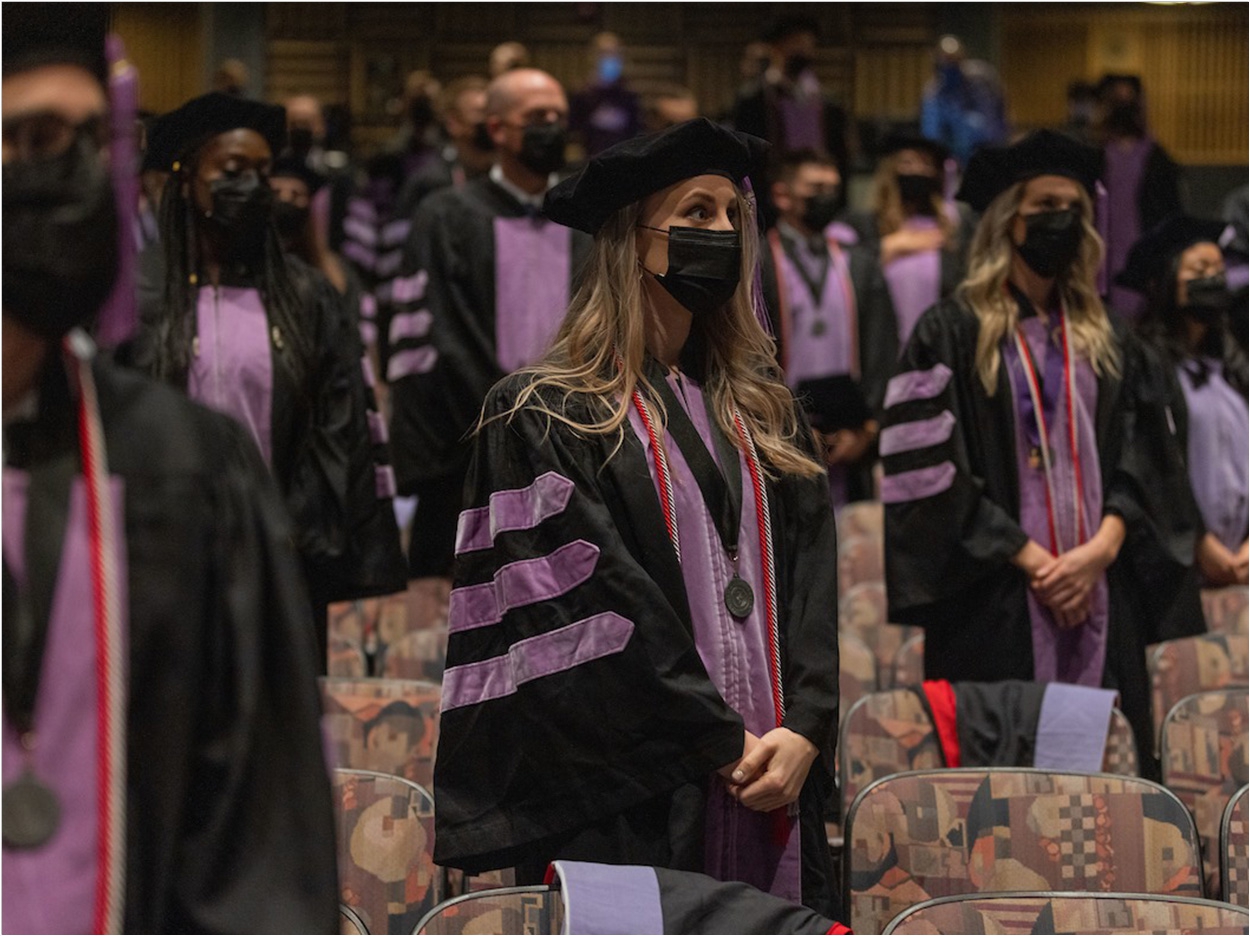
In early April, the Ohio State University College of Dentistry conducted its first diversity, equity, and inclusion (DEI) survey. More than a thousand students, residents, staff, and faculty were invited to anonymously provide data that will be utilized to enhance the college’s efforts to promote diversity and create an inclusive working environment.
Questions largely were related to demographics including age, gender, ethnic group, and marital status. Additional questions asked about military service, native language, birth country, whether parents or grandparents went to college, and whether or not respondents have any dependents.
The college was very pleased with the survey’s participation rate, with 98% of faculty, 74% of staff, 77% of dental hygiene students, 84% of dental students, and 93% of residents and graduate students completing the survey.
“The unprecedented response to this survey tells us that diversity is something our entire community is focused on and concerned about during this time of heightened focus on equity in healthcare and education,” said Patrick Lloyd, dean of the College of Dentistry.
“We now have a more accurate assessment of our college’s rich diversity, and we are better prepared to evaluate the impact of our future efforts to make our college a most welcoming and supportive place to work and learn,” Lloyd said.
The survey was designed after months of careful research and discussion by the college’s Diversity, Equity, and Inclusion Workgroup, comprising students, staff, and faculty. The workgroup consulted with Ohio State’s Office of Institutional Research and Planning, Office of Diversity and Inclusion, Office of Institutional Equity, and Office of University Compliance and Integrity.
The survey revealed that the college community has a larger number of countries represented among its population than previously believed, originating from 43 nations. Also, 45 college members are fluent in at least three languages, and more than 200 are fluent in at least two, including Arabic, French, Hindi, Korean, Spanish, Serbian, and Russian. Age distribution among faculty is fairly evenly spread as well.
“The survey represents a first step in assessing the College of Dentistry’s collective diversity,” said Dr. Shareef Dabdoub, cochair of a DEI subgroup. “By cultivating that diversity, we can work to ensure that our college represents the cultural, racial, and ethnic groups that make up the communities in which we live, work, and serve.”
Related Articles
SmileDirectClub and NAACP Partner to Provide Scholarships
Scholarship to Attend ADA Institute for Diversity in Leadership Now Available
Growing Diversity in Dentistry Requires More Than a Diverse Pipeline


